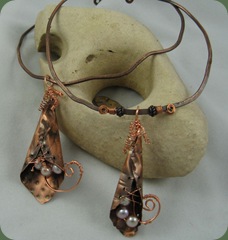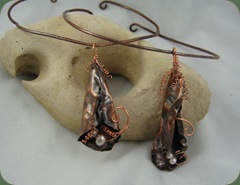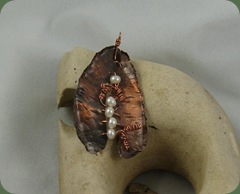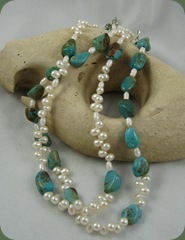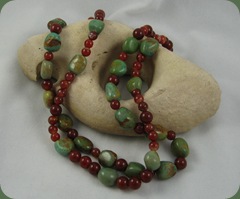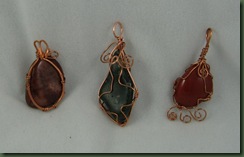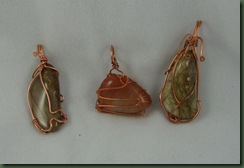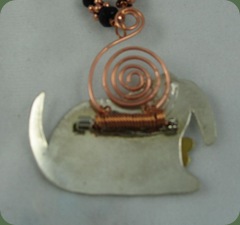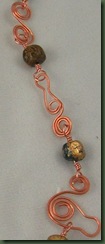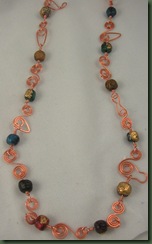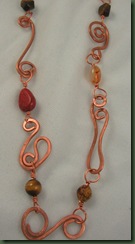Lately, I’ve enjoying hearing about designers who are excited by making a specific sale, like one person, who made her first Etsy sale, and another who made a gallery sale. I may be wrong, but making certain sales seem to me to be more about someone appreciating the art/work enough to want to take it home rather than pertaining to the finances. When I first started about 8 years ago, I could hardly believe that someone actually bought one of my pieces. Someone liked it!
Sales can certainly be a big boost to the ego and creative spirit. I hear that craft shows and bazaars are slow right now, so how can we continue to work toward creating new things without the boost those sales provide? In what ways might we retain that feeling when sales are slow? Ideas . . . ?
1. Experiment more – work on new ideas with inexpensive materials and perfect them before making them with more expensive products and marketing them (examples: play with recycled materials such a wire, old beads gleaned from undone projects, etc.) Then take the next step and buy those good products for the real thing. Buy a more expensive bead once the idea is perfected– Support our great vendors.
2. Share more – meet up for the purpose of sharing ideas – get with a group of like-minded folks who appreciate (as opposed to stealing) your ideas. Be truthful to one another about what you like and don’t like. You can appreciate the creative work, but still make suggestions about design improvement. (Szarka just fixes my rough edges – THANKS)
3. With regard to #2, adopt a “take it or leave it” attitude when it comes to the comments of others. You’re still in charge of your design. Don’t take offense at suggestions. Put them in the pot and stir them for a while. If they taste good use them and if not, throw them out; but don’t throw out the person who commented. This suggestion is VERY hard to do.
4. Learn how to make suggestions to others. Read your friend and determine whether the person really wants your advice. Some people require a good deal of TACT while others can take it without the sugar.
Help me add to this list. Changes have been made here to make it easier now to comment on this blog since you don’t have to “sign up”. Feel free to add your thoughts.
